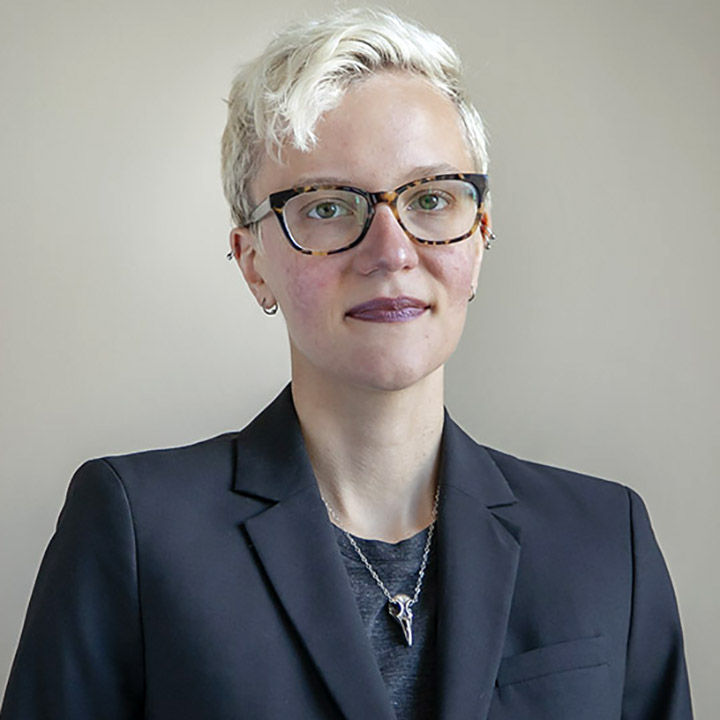November 21, 2019
Update on the fight against ozone – ELPC’s day in court
Ground-level ozone, also known as smog, is a dangerous air pollutant that harms communities across the Midwest.
Unfortunately, EPA has failed to live up to its responsibility to protect public health and the environment from this threat. EPA recently designated several Midwestern areas as “in attainment” with air quality standards, despite abundant evidence that those areas’ emissions contributed to nearby violations of the ozone standards. “Nonattainment” areas have to follow more rules to reduce air pollution. Letting some polluting areas off the hook puts a heavier burden on the other counties and makes it less likely that ozone levels will drop.
ELPC sued EPA in 2018 on its own behalf and on behalf of the Respiratory Health Association because the recent ozone designations for the Chicago area were unsupported by data and contrary to law. My blog from August describes the background of this case, and this blog provides an update on ELPC’s challenge to EPA’s unlawful ozone designations.
Early ups and downs
EPA under the Trump Administration engaged in a nationwide pattern of ignoring air pollution data so that it could minimize the size and number of nonattainment areas that are subject to stricter regulations. ELPC’s case was consolidated with five other lawsuits challenging similarly inappropriate “attainment” designations in Colorado, Texas, Missouri, Michigan, Wisconsin, Indiana, and Illinois. The state and local governments and public health and environmental organizations that filed these cases worked together to brief and argue the consolidated cases in the U.S. Court of Appeals for the D.C. Circuit.
In a brief filed earlier this year, EPA asked the court to voluntarily remand (send back to the agency for a re-do) ten of the seventeen designations that were challenged, including those for McHenry, Porter, and Kenosha counties in the Chicagoland area. Declining to defend those designations was EPA’s tacit admission that they weren’t properly justified, and was an important early victory for the petitioners. Because EPA continued to defend its designations for a number of other Midwestern counties, however, ELPC joined the other petitioners for our day in court.
Oral Arguments
November 6th was, in the words of Judge Tatel, a “marathon” of oral argument at the U.S. Court of Appeals for the D.C. Circuit as ELPC and other petitioners had our day in court.
A typical oral argument in the D.C. Circuit involves a panel of three judges hearing about a half an hour of oral argument from two attorneys. In this case, the three judges, Tatel, Griffith, and Pillard, sat through over two hours of argument. They heard from eleven different attorneys who represented environmental groups and state and local governments challenging the designations, the United States Environmental Protection Agency, and states and industry group intervenors defending the designations.
Throughout the argument, the three judges on the panel were very engaged, and asked many questions of both sides. The court particularly focused on the question of “remedy,” or what the court should order the agency to do if it found the designations were unlawful. The petitioners had asked the court to vacate all the challenged designations as improper, so that EPA would be held to a deadline for re-doing the designations correctly. EPA argued that seven of the designations should be upheld and ten others should be voluntarily remanded without a deadline. A timeline is crucial because the longer these improper designations remain in place, the longer ozone harms human health and the environment.
The day after oral argument, the court ordered both sides to submit supplemental briefs on the question of whether the court has the authority to impose a timeline for EPA’s action on any designations that it remands to the agency. Petitioners’ brief was submitted on November 18, and EPA’s and the intervenors’ briefs are due November 25. After that, it will likely be months before the D.C. Circuit issues its opinion.
The court is just one of the many fronts on which ELPC fights air pollution. Among other initiatives, ELPC also measures particulate matter (PM2.5) though our air quality monitoring program and advocates for clean transportation options like electric school buses and pedestrian infrastructure. Whether we’re helping to shape new laws or fighting to enforce existing ones, ELPC works to protect public health and the environment in the Midwest.


